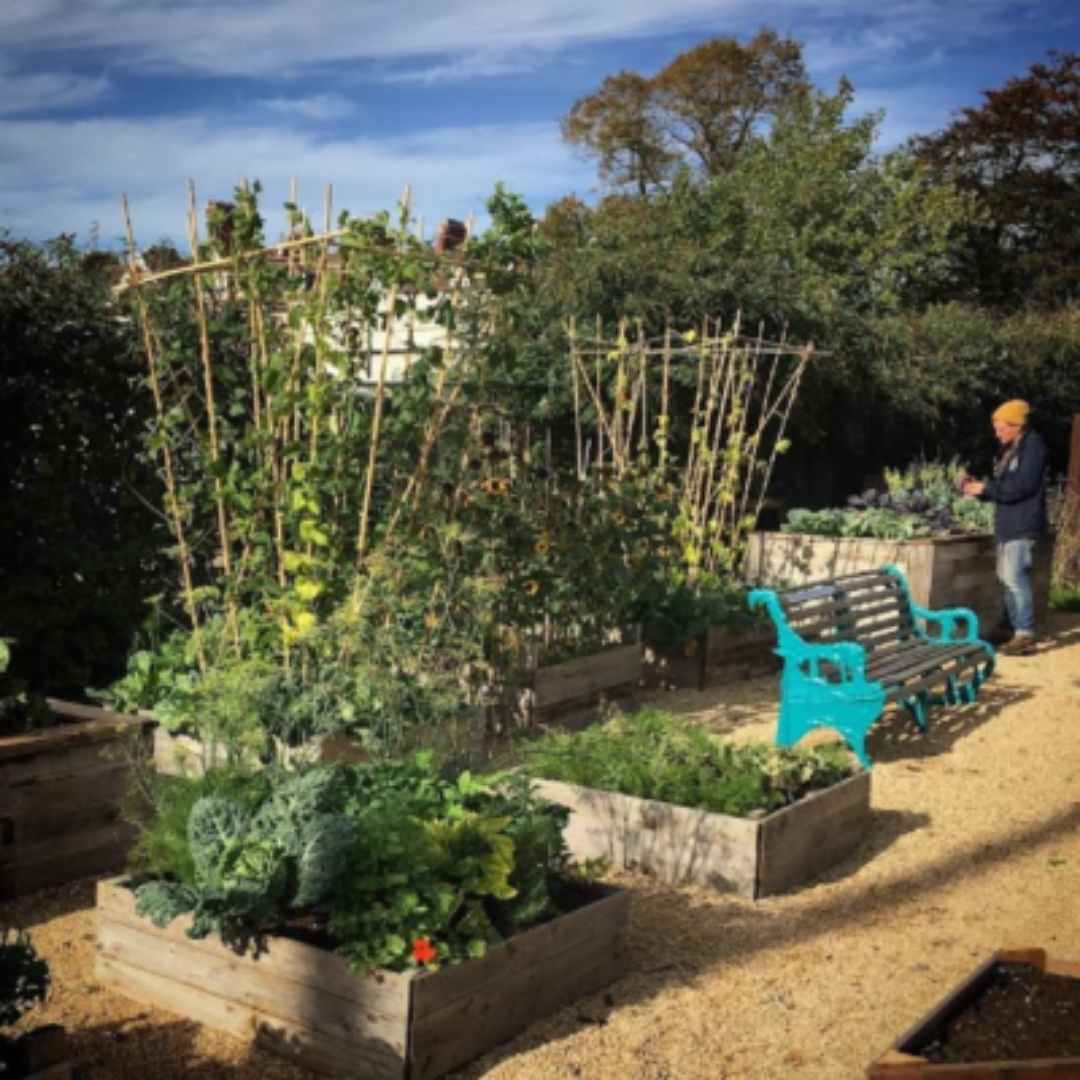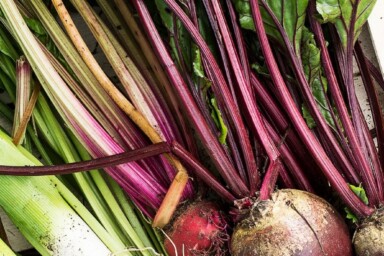Local food movements and systems based around agroecological production are, we know, an important and growing response to the industrial food system that prioritises profit over people. But it’s often seen as the territory of the middle classes, and those who can afford to pay that extra premium for local, organic, fresh food. It’s thought to be inaccessible to so many and yet within it are simple answers that support food justice.
Access to food is becoming a bigger and bigger issue.
COVID-19, poverty, transport, rising housing and energy costs are all creating a world where access to food is becoming more and more difficult for many. Food deserts with no access to fresh food unless you are able to drive or access transport, are a large part of the problem – especially when these areas are also often where poverty is rife, and communities have seen local funding disappear. Youth and mental health services and support for older people have all been cut, along with many projects supporting young families. We know food bank use is rising year on year. Throughout the pandemic this has continued to increase as people struggle with the rising cost of living, which in terms of the cost of food has been recently in the news. Jack Monroe, tireless campaigner for food access, pointed out first in a long social media thread, and then in a piece in the Guardian, that those struggling the most were seeing an exponential rise in food costs, as the cheaper ranges in stores rose in price by often 50-60%.
What does this have to do with local food movements you ask? Well, we may just be staring the obvious in the face. Urban and peri-urban food production is growing in interest, with small producers using the smallest of spaces to grow food for local communities and restaurants. But increasingly, they are growing for food aid for people on low incomes.
This means raising monies to be able to do this, but with creative thinking and the will to feed people good, fresh food, this is beginning to happen. Generally, this is not charity, but a part of a social enterprise business model designed to create positive change and increase accessibility.
Of course, no two enterprises look the same, but using models already proven to work, these new ideas could easily be replicated in every community in the country.
What does a localised food model look like?
Granville Community Kitchen in Kilburn, offer veg boxes at different costs, which are paid depending on income. The cheapest box price is covered by Healthy Start vouchers from government. Also offered, are culturally appropriate veg bags for Caribbean and African communities. Some of this produce the organisation grows in their own garden.
In the US and across the globe, we have seen communities take food access into their own hands, finding their own solutions. From Cuba to Detroit, when there has been need caused by hunger, people have found plots of unused land and grown the food needed to feed their communities. Urban farms and community gardens feed huge swathes of the global population and yet in the UK urban and peri-urban farming is often questioned. Is it viable? Is it safe to eat food grown in a city?
But surely if there are people who cannot access food, taking control as a community and not just growing food, but also creating livelihoods, training opportunities and growing the local economy is the obvious answer?
A peri-urban success story
Over the last decade Edible Bristol have been attempting to do just that by supporting communities to take control of lost and unloved spaces across the city and working with them to share the skills of growing food, so they can be empowered to take some control of their very localised food system. Gardens have appeared in the most unlikely places– in parks, roundabouts and on roadsides and on the concrete walkways of estates. Each garden is different, but all are doing the same thing: connecting people with their food and with each other and empowering them to do more and find their voices.







